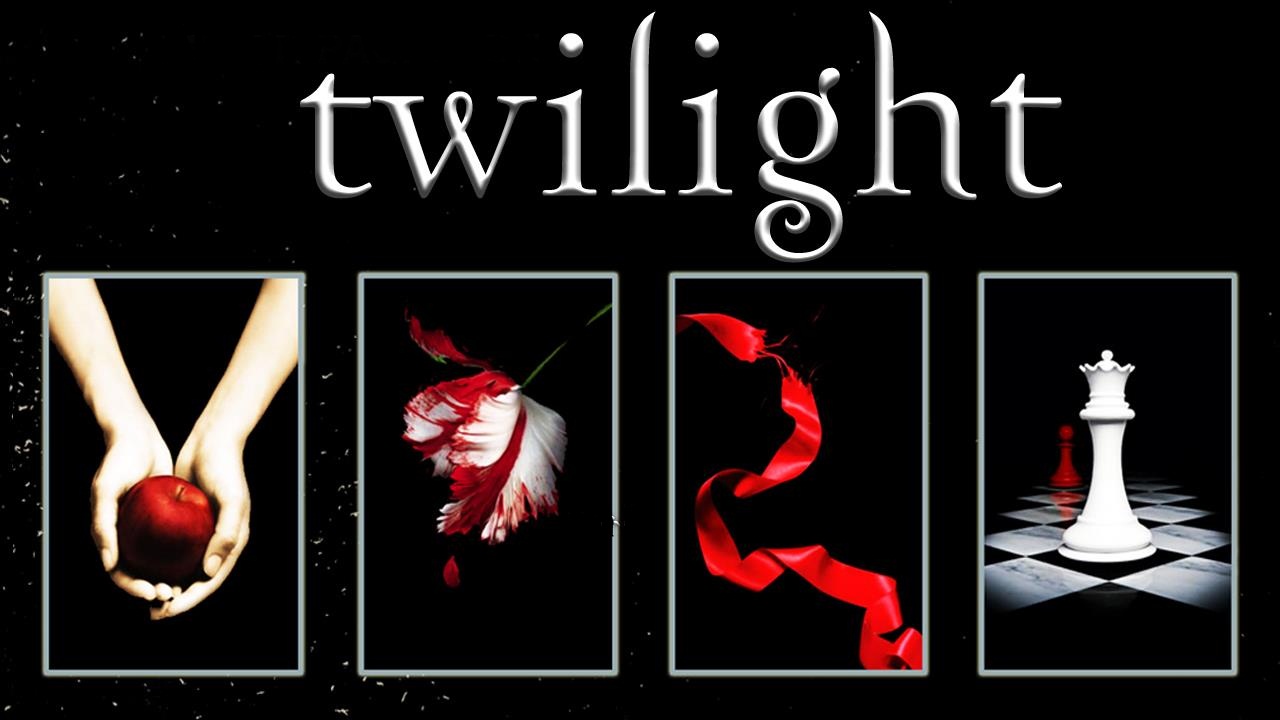I recently binged all the Twilight movies–I’d never watched them before, but I was intrigued/tricked into watching them by my friend Ashley Corinne–she recently wrote a Twilight re-read series for GXRL magazine. Ashley compared her experience reading the books now, as an adult, to reading them then, as a teenager. It felt like a crash I both wanted to avoid and didn’t want to miss.
After watching the movies, which were more entertaining than I’d expected, I was interested to see how the descriptions of the characters in the books stacked up to the actors who’d been cast in the film roles. But I also wanted to see how effectively the descriptions were written. As a book coach who works with YA authors, Stephenie Meyer’s books felt like a missing part of my education. What drew people in to the Twilight saga, arguably the most popular YA series ever?
For the most part, the books are written in first person, which is common in YA, so these are 17-year-old Bella’s observations about herself and the people she encounters. All of these descriptions are taken from the first book in the series, Twilight (2005).
BELLA’S DESCRIPTION OF HERSELF
“Physically, I’d never fit in anywhere. I should be tan, sporty, blond—a volleyball player, or a cheerleader, perhaps—all the things that go with living in the valley of the sun. Instead, I was ivory-skinned, without even the excuse of blue eyes or red hair, despite the constant sunshine. I had always been slender, but soft somehow, obviously not an athlete. … My skin could be pretty—it was very clear, almost translucent-looking—but it all depended on color. I had no color here.”
MY TAKE: What I noticed about this description is that it’s all physical. We don’t get much insight into Bella as a person here. The phrase “I’d never fit in anywhere” is too common a trope to be especially effective in my opinion–many YA protagonists struggle with feeling different and not fitting in. I’d have liked to have seen more show versus tell–why doesn’t Bella fit in anywhere? For me, the fact that she’s an unathletic, ivory-skinned girl from Phoenix, Arizona, isn’t enough.
What we do get though is some tension, which is great, and we get it through physical description, which is unique. This girl who didn’t fit in “in the valley of the sun” has ivory skin, “despite the constant sunshine” in Phoenix. Her skin is “almost translucent” and she has “no color.” Her physical description is almost that of a vampire. Readers are drawn in here because, in this new place, Forks, Washington, she is about to meet a group of pale-skinned vampires. Will Bella finally fit in? Is this where she was always meant to be?
BELLA’S DESCRIPTION OF JACOB BLACK
“He looked fourteen, maybe fifteen, and had long, glossy black hair pulled back with a rubber band at the nape of his neck. His skin was beautiful, silky and russet-colored; his eyes were dark, set deep above the high planes of his cheekbones. He still had just a hint of childish roundness left around his chin. Altogether, a very pretty face. … He flashed a brilliant smile.”
MY TAKE: A purely physical description with zero characterization. We learn what Jacob looks like, but nothing more. Jacob is a member of the Quileute tribe and lives on a reservation outside of Forks. Jacob is described in a stereotypical way. The descriptions of Jacob’s hair as “long,” “glossy,” “black,” and “pulled back with a rubber band at the nape of his neck,” his eyes as deep-set, his cheekbones as high, and his skin as russet (reddish brown) invoke a fixed, partial, and inadequate image of an American Indian character. The fact that his description is only physical in this passage and provides absolutely no characterization of Jacob as a person, coupled with the stereotypical physical description, make this passage problematic in my opinion.
BELLA’S DESCRIPTION OF EDWARD CULLEN
“[Edward Cullen] was lanky, less bulky, with untidy, bronze-colored hair. He was more boyish than the others. … [H]is face was absurdly handsome. … His hair was dripping wet, disheveled—even so, he looked like he’d just finished shooting a commercial for hair gel. His dazzling face was friendly, open, a slight smile on his flawless lips. But his eyes were careful.”
MY TAKE: I like this description. We get a little more insight into Edward’s personality. We perhaps know more about him than we know about Bella at this point, through Bella’s description of him as “boyish,” her description of his face as “friendly” and “open,” and her description of his eyes as “careful.” I try to keep a lid on too many adverbs and adjectives, but I think the use of “absurdly” works here–it invokes an image. And I love the description of Edward’s hair. It’s visual, and I can picture him as a dark, brooding, James Dean-type character.
BELLA’S DESCRIPTION OF CHARLIE SWAN
“He smiled back, his brown eyes crinkling around the edges. When Charlie smiled, it was easier to see why he and my mother had jumped too quickly into an early marriage. Most of the young romantic he’d been in those days had faded before I’d known him, as the curly brown hair—the same color, if not the same texture, as mine—had dwindled, slowly revealing more and more of the shiny skin of his forehead. But when he smiled I could see a little of the man who had run away with Renée when she was just two years older than I was now.”
MY TAKE: This description of Bella’s father is my favorite character description in Twilight. We learn not only what Charlie looks like, but who he is. And bonus, we get some backstory too, cleverly folded into this description rather than in pure exposition. In one short paragraph, we find out that Bella’s dad is a romantic who smiles a lot (thus the crinkles around the edges of his eyes). And we learn that he and Bella’s mom “jumped too quickly into an early marriage,” and that he and Bella’s mom had run away together when he was not much older than Bella. Note that anytime we get a character description from Bella’s point of view, we get some inadvertent characterization of Bella too. Here, we get a hint as to why Bella might not be so into the idea of marriage.
Overall, I found the initial descriptions of each character to be straightforward, physical descriptions. I’m sure the characters are developed in other ways throughout the novels, but for purposes of this discussion, these descriptions provide good examples of what to do and what not to do in your own writing. Readers want to engage with your characters deeply and to get inside your point-of-view characters’ heads, so keep in mind that physical descriptions of your characters are opportunities to tell us more than what your character looks like.
SUGGESTIONS FOR IMPROVING CHARACTER DESCRIPTIONS
- Readers want to get inside your characters’ heads and live vicariously through their experiences. Mix physical descriptions with information that gives readers insight not only into what your characters look like, but who they are.
- Show us who your characters are versus simply telling us. In fact, physical descriptions aren’t always needed. Readers often like to imagine the way characters look. If you include physical descriptions, make sure they count.
- Get creative with physical descriptions so readers can visualize the characters, e.g., Bella’s description of Edward’s hair–“he looked like he’d just finished shooting a commercial for hair gel”–gives us an immediate image.
- Don’t confine your descriptions to a single, introductory paragraph as each character is introduced. Sprinkle your descriptions throughout your book, in places where the characteristics you are describing are most relevant to the story.
- Your narrative isn’t the only place to include character descriptions or information–try getting important character information across in dialogue too. Just make sure it makes sense, flows naturally in the context of the dialogue, and moves the narrative forward.
- When writing characters outside your own experience, do your homework. Write a fully-fleshed-out and individual character, not a stereotype.

